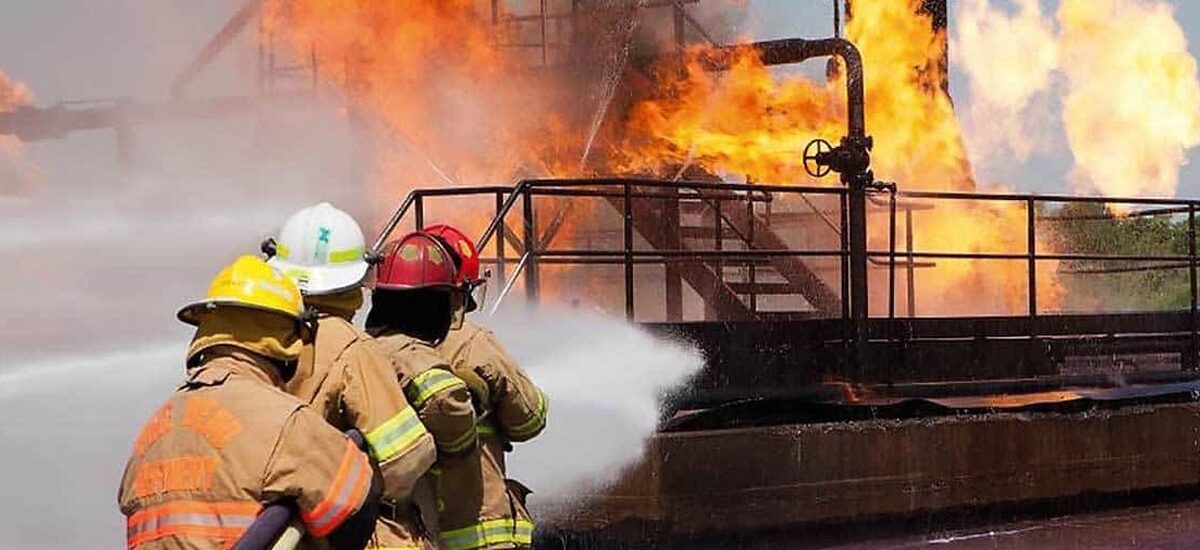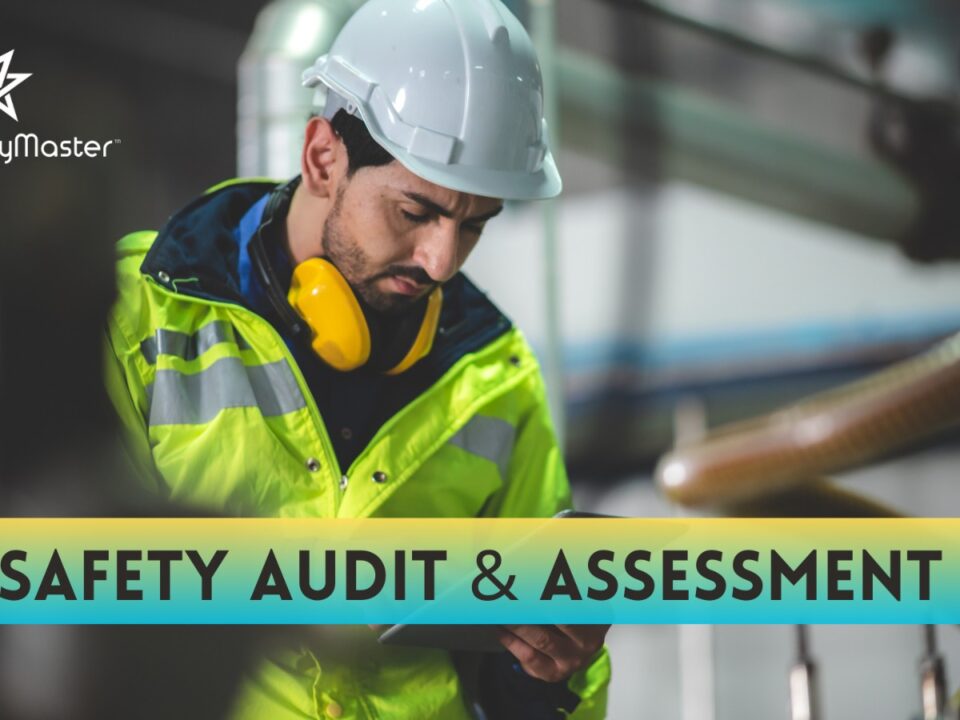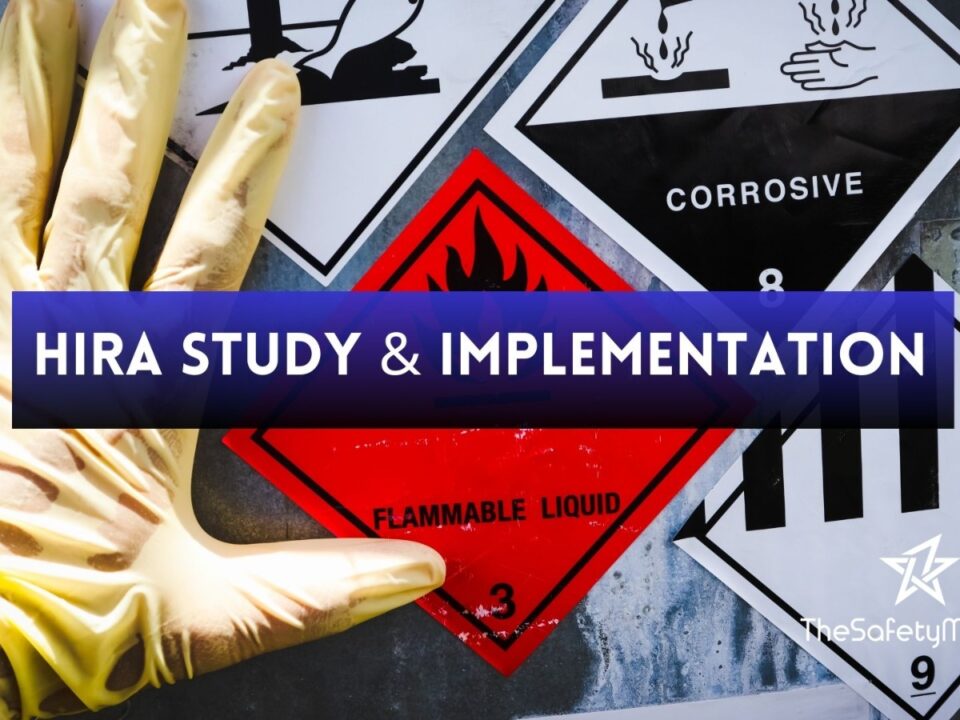Building Fire Safety Risks: 5 Steps From Negligence to Management

Safeguarding Industrial Processes: The Basics of Safety Integrity Levels
June 5, 2023
Why Understanding Layers of Protection Analysis is Crucial for Risk Management
June 6, 2023Fire safety is of paramount importance when it comes to building management. Negligence in fire safety can have disastrous consequences, resulting in loss of life, property damage, and financial liabilities. To mitigate these risks, it is essential to conduct regular fire audits to identify potential hazards and ensure compliance with safety regulations. In this article, we will explore the five crucial steps involved in transitioning from negligence to effective fire safety management, highlighting the role of a professional fire audit consultant or fire auditor.
Step 1: Recognizing the Importance of Fire Safety
The first step towards fire safety management is acknowledging the gravity of the issue. Building owners and managers must understand that fire safety is not something to be taken lightly or brushed aside. Negligence in this area can lead to catastrophic outcomes. By recognizing the potential risks, stakeholders are more likely to prioritize fire safety and take appropriate measures to prevent accidents.
Step 2: Conducting a Comprehensive Fire Audit
A fire audit is a systematic evaluation of a building’s fire safety measures, conducted by a qualified fire auditor or fire audit consultant. This step involves a thorough inspection of the premises to identify potential fire hazards, assess the effectiveness of existing safety systems, and ensure compliance with relevant codes and regulations. The fire auditor examines various aspects, such as fire alarms, extinguishers, evacuation routes, electrical systems, and emergency procedures.
Step 3: Identifying and Mitigating Risks
Once the fire audit is completed, the next step is to analyze the findings and identify potential risks or deficiencies. The fire audit consultant plays a crucial role in this phase by providing expert guidance on the necessary steps to mitigate these risks effectively. This may involve implementing or upgrading fire safety systems, improving evacuation plans, training staff on fire safety protocols, and ensuring regular maintenance of fire safety equipment.
Step 4: Establishing a Fire Safety Management Plan
To maintain an optimal level of fire safety, it is crucial to establish a comprehensive fire safety management plan. This plan should outline the responsibilities of various stakeholders, including building owners, managers, tenants, and employees. It should also incorporate regular fire drills, periodic inspections, and ongoing training programs to ensure everyone is prepared to handle emergencies effectively. The fire audit consultant can assist in developing a customized fire safety management plan tailored to the specific needs of the building.
Step 5: Periodic Fire Audits and Continuous Improvement
Fire safety is not a one-time activity but an ongoing process. Regular fire audits are essential to assess the effectiveness of existing measures and identify any new risks that may have emerged. The fire audit consultant can conduct these periodic audits to ensure compliance with regulations and provide recommendations for continuous improvement. By staying proactive and vigilant, building owners and managers can maintain a safe environment and minimize the risks associated with fire hazards.
Promoting The Safety Master Fire Audit Consultant:
When it comes to fire safety audits, it is crucial to engage the services of a professional and experienced fire audit consultant like The Safety Master. With their expertise, The Safety Master can assist in identifying potential fire hazards, evaluating existing safety measures, and formulating effective fire safety management plans. Their team of qualified fire auditors can provide comprehensive assessments, practical recommendations, and ongoing support to ensure optimal fire safety audit for buildings.
In conclusion, transitioning from negligence to effective fire safety management involves recognizing the importance of fire safety, conducting comprehensive fire audits, identifying and mitigating risks, establishing a fire safety management plan, and conducting periodic audits for continuous improvement. The services of a reputable fire audit consultant, such as The Safety Master, can greatly contribute to the success of these steps, promoting a safe and secure environment for all occupants of a building.
TSM TheSafetyMaster® Private Limited
Unit No 221-451-452, SPL1/J, 2nd & 4th Floor, Sunsquare Plaza Complex, RIICO Chowk, Bhiwadi 301019, Rajasthan, India
Phone: +91 1493 22 0093
Mobile: +91 7665231743/9413882016
Email: info@thesafetymaster.com



